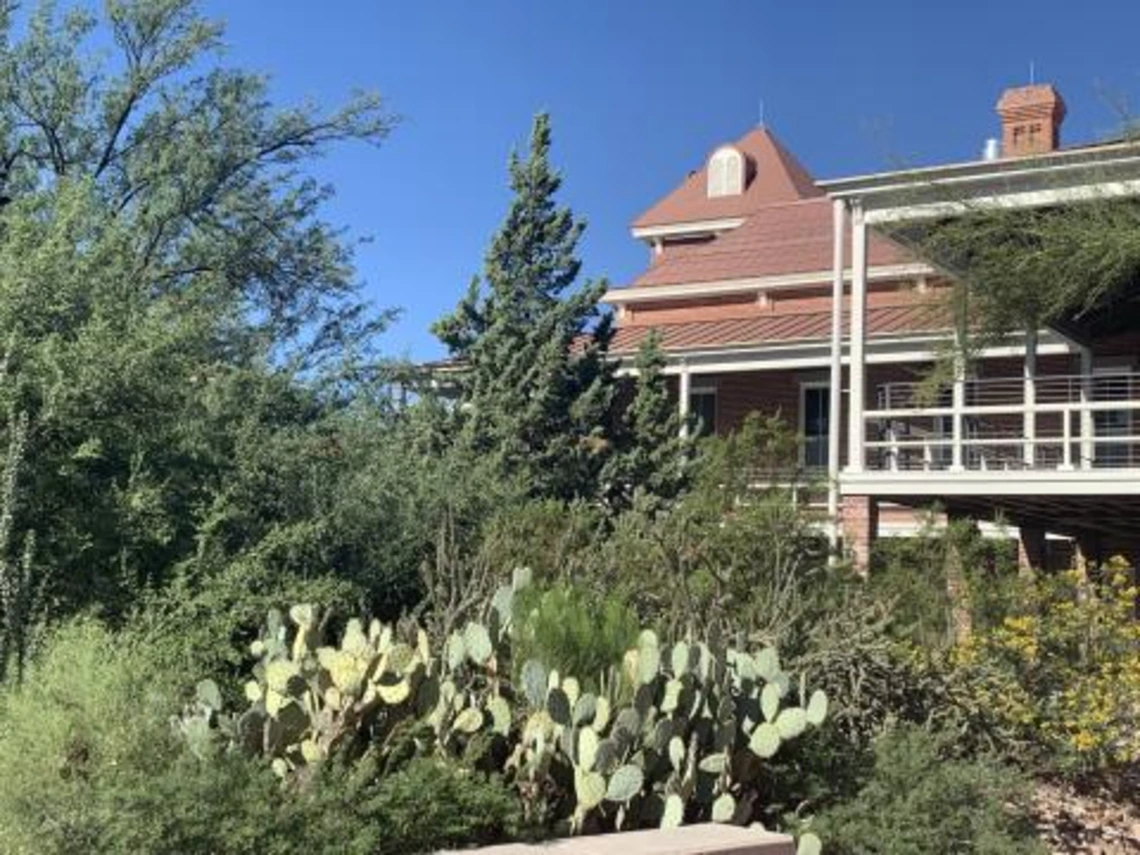Image

Old Main Building
When
9:30 – 11 a.m., Nov. 30, 2025
Landscaping in the 21st Century in the desert can be challenging, but this tour demonstrates how you can have a water-wise, low-maintenance but beautiful yard and garden. We will focus on the plantings right around the Old Main Building, UA’s oldest and most historic building.
After you register you will receive a confirmation email with detailed information on parking and where to meet.

